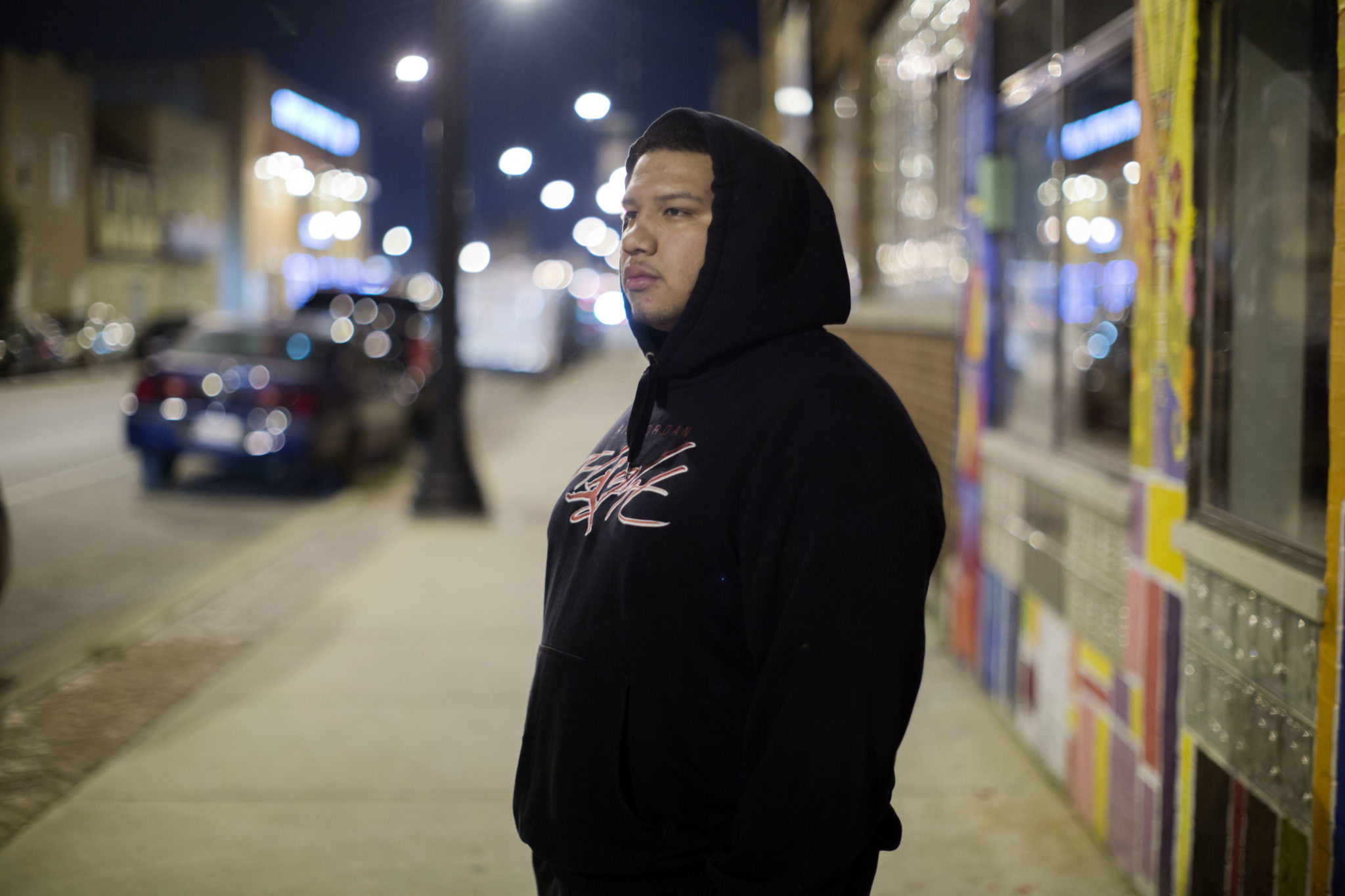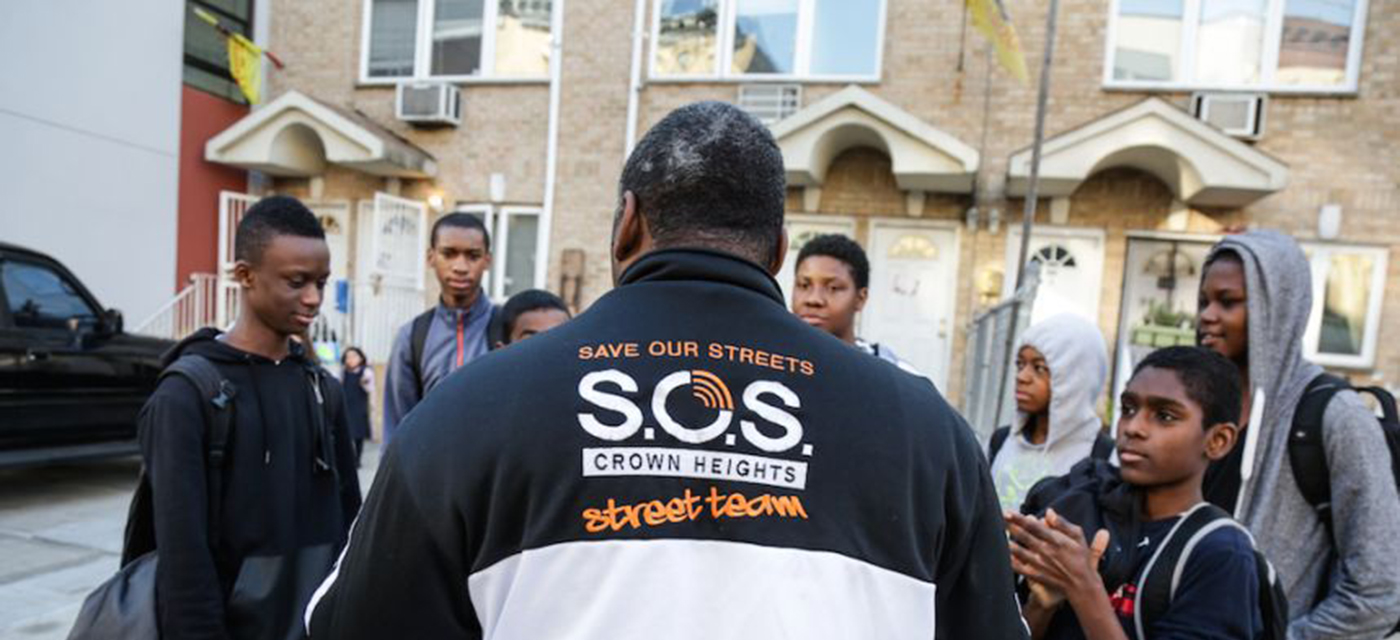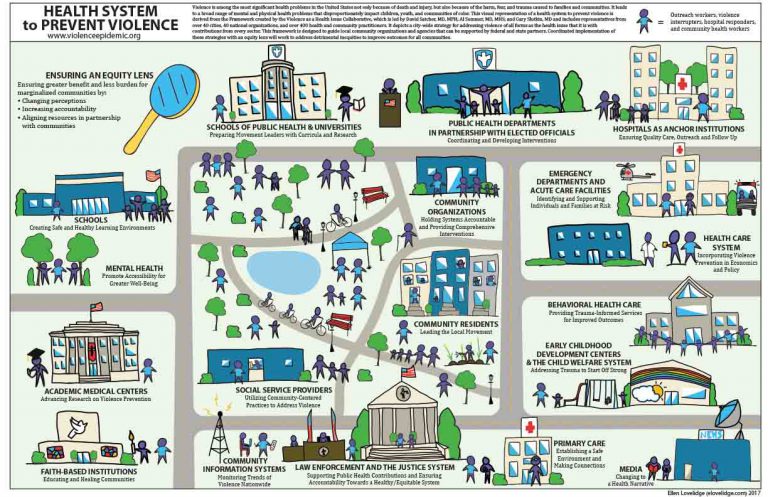CVG’s violence prevention public health methodology applies evidence-based public health epidemic-reversal strategies to:
- Detect and interrupt (i.e., prevent) potentially violent situations,
- Identify and change the thinking and behavior of the highest risk transmitters (i.e., those most likely to engage in violence), and
- Change group norms that support and perpetuate the use of violence.
CVG’s method entails analyzing violence clusters and transmission dynamics and uses paraprofessional health workers who are culturally sensitive credible messengers to interrupt transmission and change community norms around the use of violence. This is accomplished by hiring members of the community who have had similar life experiences to those at highest risk of committing acts of violence Staff are trained as community health workers and receive extensive education and coaching in evidence-based methods of mediation, persuasion, behavior change, and norm change — all of which are essential for limiting the spread of outbreaks of violence.






